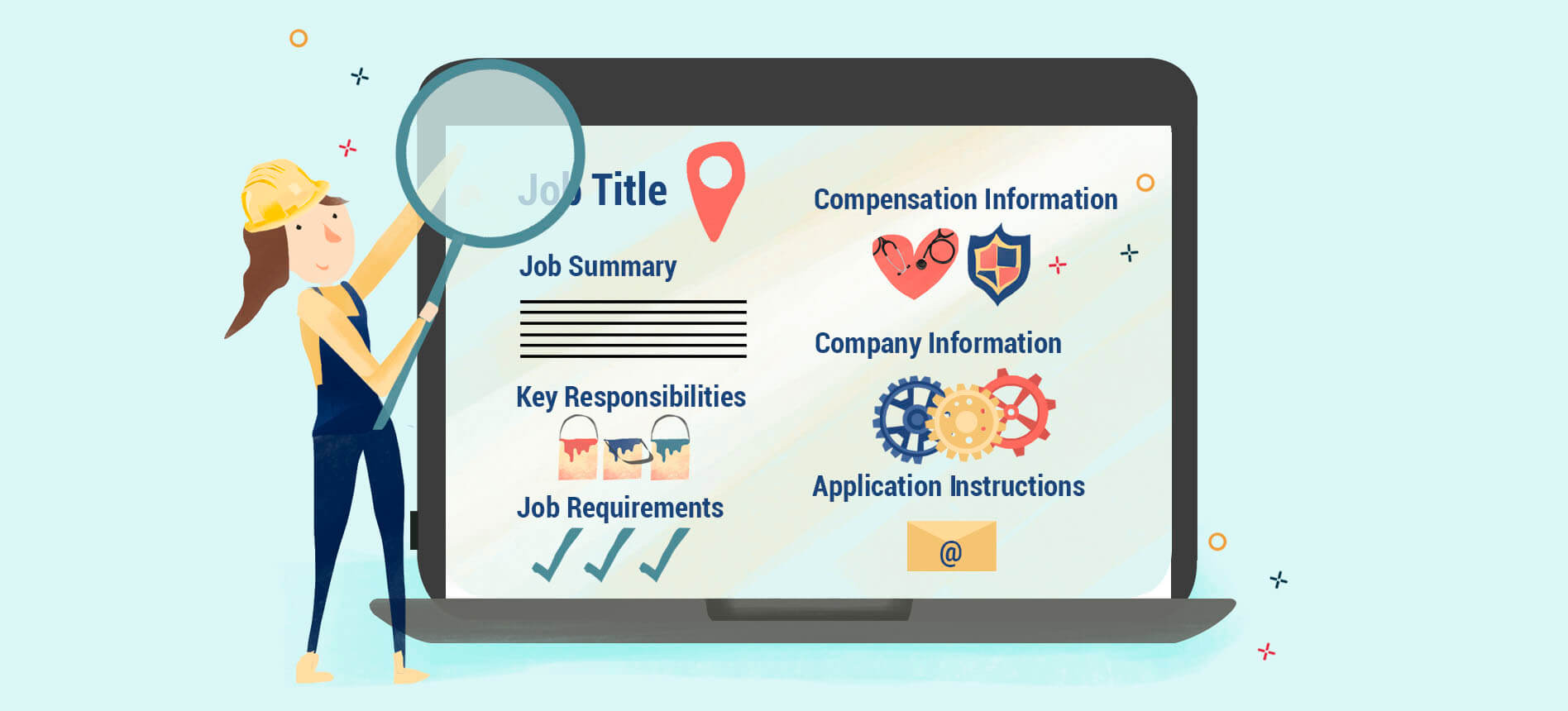A jobs description serves as a roadmap delineating the general tasks, duties, and responsibilities of a position. It provides a clear outline of what a job entails, from key tasks to the skills needed and the salary range. This guide will delve into the importance of job descriptions, their essential components, and how they contribute to efficient hiring processes and effective workplace operations.
Why Jobs Description Matter
Jobs description are critical tools for both employers and employees, providing a clear understanding of what is expected from a particular role. They serve as a guide and reference point that can help steer a company’s recruitment, evaluation, and management processes.
A well-crafted job description starts with a compelling summary of the role, along with detailed lists of specific tasks and responsibilities. This detail is crucial in attracting suitable candidates who can align their skills and experiences with the requirements of the job. It also provides a solid foundation for setting expectations, allowing candidates to understand what they will be doing on a daily basis if hired. A good job description can therefore help weed out unsuitable applicants early in the hiring process, saving companies time and resources.
For employees, a comprehensive job description offers a roadmap for career development. By outlining the key responsibilities and requirements of a role, it provides a clear understanding of what is necessary to succeed and progress within the company. This can be incredibly motivating, encouraging employees to develop the skills and knowledge necessary to achieve their career goals.
Role in Performance Evaluations
Furthermore, job descriptions play a pivotal role in performance evaluations. Employees and their managers can refer back to the job description to assess whether the employee is meeting all of their responsibilities. This creates a fairer evaluation process, as assessments are based on pre-defined criteria rather than subjective judgments. It also encourages transparency and open communication, factors that contribute to a healthier workplace culture.
In terms of legal compliance, job descriptions can also help protect companies by providing documentation that outlines the necessary skills and abilities required for a job. If an issue regarding discrimination or unfair dismissal arises, a company can refer to its job descriptions as evidence of its fair hiring practices.
However, it’s important to note that job descriptions should not be static documents. They need regular updating and revising to reflect changes in a role or within the industry. As companies evolve and adapt, so too should their job descriptions. This ensures they remain relevant and helpful tools for both current and potential employees.
Key Components of a Job Description
A jobs description serves as a comprehensive document that outlines the critical components of a particular role within an organization. It is a vital tool used in the recruitment process to attract qualified candidates, and it also serves as a reference point for performance evaluations, job training, and setting expectations.
1. Job Title: The job title should accurately depict the nature and level of the work to be performed. It should align with industry norms and be clear, straightforward, and free from any misleading implications. Remember, the job title is the first element that potential candidates will see, so it should be appealing and relevant.
2. Job Purpose or Summary: This section provides a brief overview of the position’s main objectives and its significance to the organization. It should give prospective applicants a clear understanding of what the job entails at a high level and how their work would contribute to the overall organizational goals.
3. Duties and Responsibilities: This portion of the jobs description outlines the specific tasks that the employee will perform regularly. It should be detailed and inclusive but not overwhelming or exhaustive. Typically, duties are listed in order of importance or according to the time spent on each task.
4. Reporting Relationships: It is important to define who the employee will report to or supervise. This information helps candidates understand their place within the organization’s structure and to whom they will be accountable.
5. Skills and Qualifications: This part lists the knowledge, abilities, and experience required to perform the job effectively. It could include educational qualifications, technical skills, certifications, years of relevant experience, language proficiency, etc.
Additional Components
6. Work Environment: The jobs description should also detail the working conditions associated with the role. This could include physical location (office-based, remote, etc.), travel requirements, physical demands, and any special conditions applicable to the job.
7. Performance Standards: Clearly defining what constitutes satisfactory job performance is essential. This could be based on key performance indicators (KPIs) or specific targets that need to be met.
8. Compensation and Benefits: While not always included, some organizations opt to provide a salary range or details about benefits packages within their job descriptions. This transparency can help attract candidates who are comfortable with the compensation from the outset.
Crafting Effective Jobs Description
Creating a compelling and informative job description is a crucial element in the recruitment process. A well-structured job description operates as a clear guide for potential candidates and serves as a reference point for hiring managers. It can greatly facilitate the hiring process, making it more efficient and successful.
The first step in crafting an effective jobs description is to clearly define the job title. The job title should accurately reflect the nature of the job and the level of the position within the organization. It should be easily recognizable and understandable by potential candidates.
Next, a brief overview of the job should be provided. This section, often referred to as the job summary, should provide a snapshot of what the job entails. It should be concise, yet comprehensive enough to give potential applicants a good understanding of what the job is about.
The responsibilities and duties section is where the meat of the jobs description lies. This part should detail the specific tasks that the incumbent will be expected to perform. It’s important to be as detailed as possible to give potential candidates a clear picture of what will be expected from them. However, it’s also important not to make this section too lengthy or complex as it could deter potential candidates.
Qualifications and Skills for the Job
Qualifications and skills required for the job should also be clearly outlined in the jobs description. This might include educational requirements, years of experience, specific skills or competencies, and any licenses or certifications required. This helps applicants self-assess their suitability for the role and helps hiring managers quickly identify qualified candidates.
It’s also beneficial to include information about the company culture and work environment. This gives candidates an idea of what it’s like to work for your organization and can help attract those who align with your company’s values and culture.
For critical roles such as Sales and Marketing, it is important to have the right mix of content for Jobs Description. Many HRs in traditional industries such as Mining, Jewelry or Retail fail to emphasize the Job Description.
The jobs description should conclude with details about how to apply for the position. This might include instructions on submitting resumes or cover letters, contact information for any queries, and any deadlines for applications.
Final Thoughts
In conclusion, jobs description play a pivotal role in the hiring process and ongoing employee management. They set clear expectations, attract suitable candidates, and provide a roadmap for employee growth. By crafting comprehensive, concise, and compelling job descriptions, companies can ensure they attract and retain the right talent.






